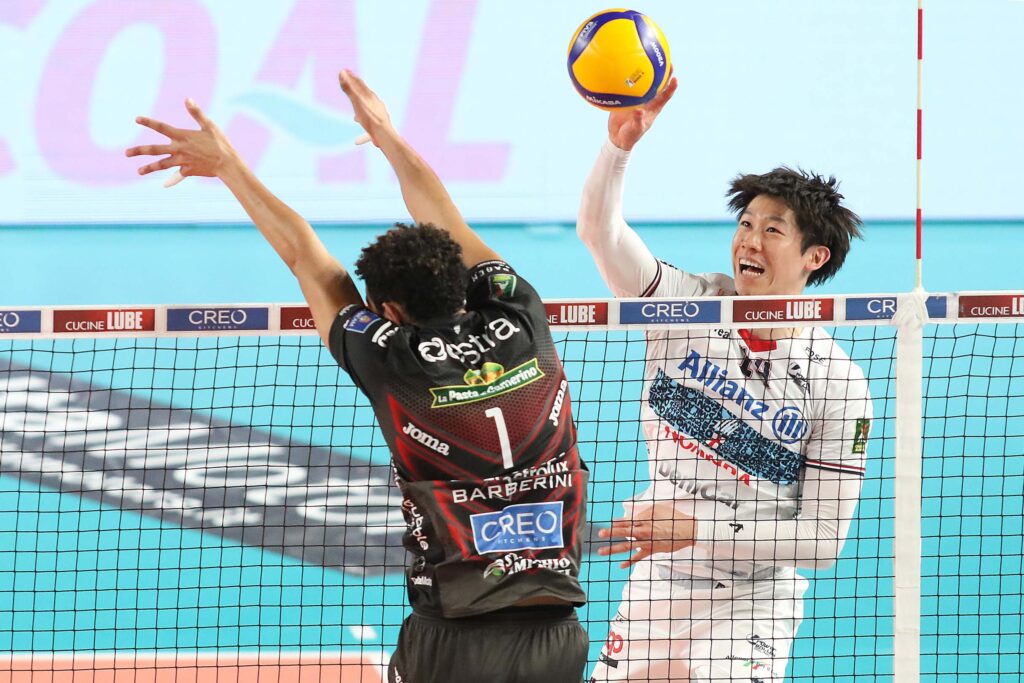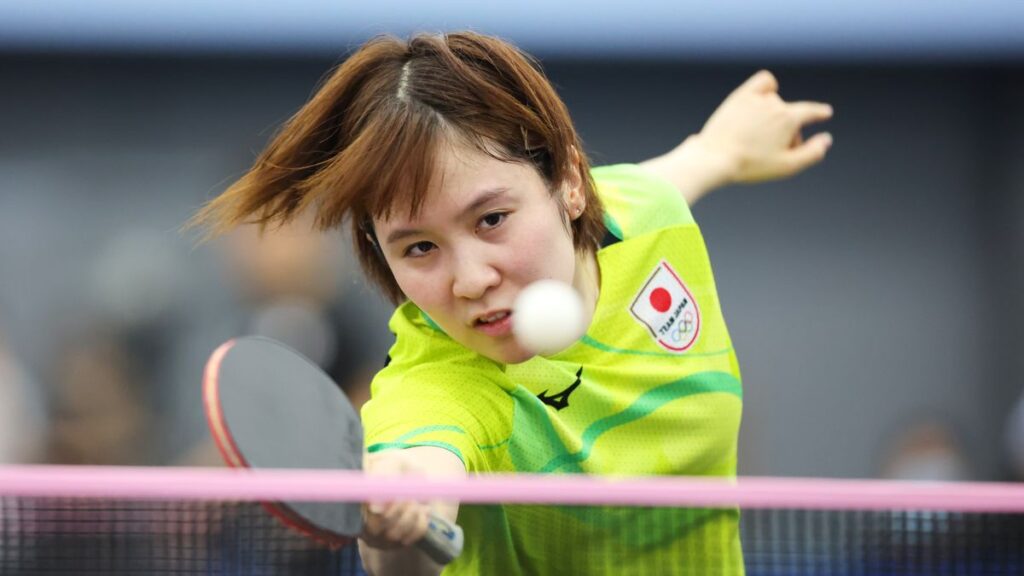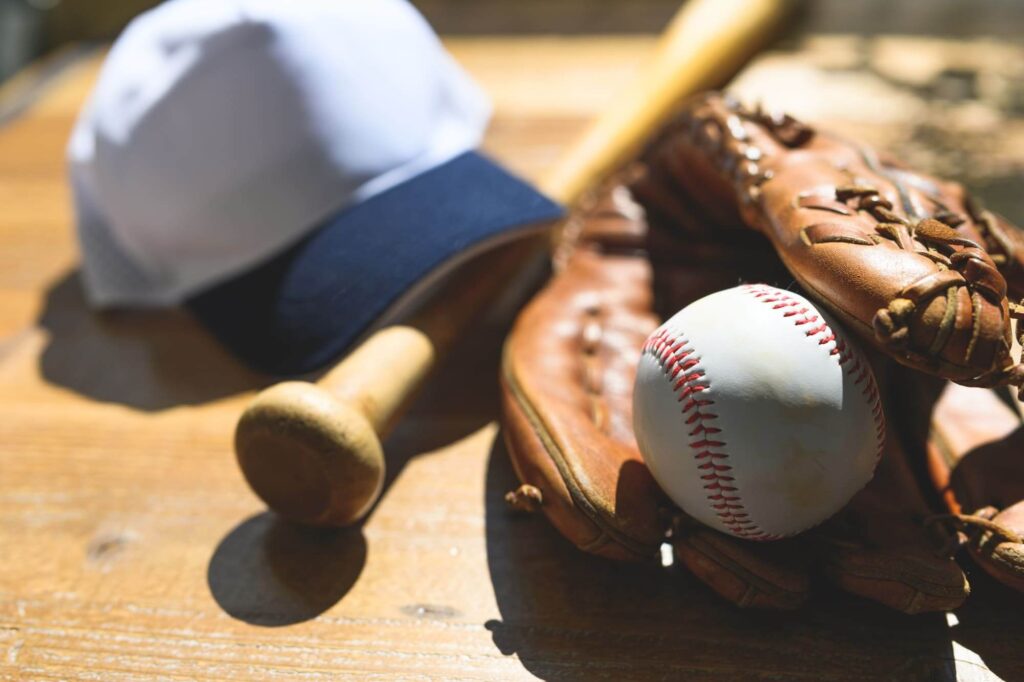
Kendo is not just a martial art, but a comprehensive training that combines technique, strength, and spirit.
In particular, grip strength is an extremely important element for accurately handling a Shinai sword, and is at the core of improving Kendo techniques.
In this article, we will focus on the importance of grip strength in Kendo and how to improve it, and explain in detail how beginners to advanced players should incorporate this training.
By improving your grip strength, you will be able to handle the Shinai more stably, improve the accuracy of your strikes, and improve your performance in matches and training.
Through this guide, we aim to make your Kendo life even more fulfilling.
目次
- 1 Introduction: Relationship between Kendo and grip strength
- 2 Basic understanding of grip strength and how to measure it
- 3 Grip strength training specific to Kendo
- 4 Specific grip strength improvement drills
- 5 Common misconceptions and countermeasures for strengthening grip strength
- 6 Comprehensive physical training to improve your Kendo skills
- 7 Conclusion: Long-term impact of grip strength training on Kendo
Introduction: Relationship between Kendo and grip strength
In Kendo, grip strength plays a big role as well as technical proficiency.
This section delves into the importance of grip strength in Kendo and how it affects performance.
The importance of grip strength in Kendo
In Kendo, the strength with which you hold the bamboo sword directly affects the quality and effectiveness of your techniques.
Appropriate grip strength is essential for controlling the shinai accurately and striking the sword as intended.
Strong grip strength allows for firm control of the Shinai, providing stability when attacking and quick response when defending.
Additionally, holding the shinai with appropriate force in the “basic waiting” position, which is the basic posture of kendo, is also helpful in reducing fatigue during long training sessions and matches.
The influence of grip strength on Kendo performance
If your grip strength is insufficient, handling of the shinai will tend to be unstable and the accuracy of your strikes may decrease.
On the other hand, if your grip strength is strengthened, it will effectively absorb the vibrations of the shinai that occur during strikes, allowing you to strike sharper strikes.
This increases the speed and power of the strike and improves the decisiveness of the technique.
Kendo matches also require instant decisions and quick movements, so enhanced grip strength is extremely important in meeting these demands.
Strong grip strength allows you to continue to control the Shinai even when fatigued, allowing you to maintain consistent performance even through long training sessions and tough competitions.
The importance of grip strength in Kendo is not only essential for powerful strikes, but also for increasing the accuracy of techniques, control of the shinai, and overall sustainability of the competition.
Therefore, grip strength training plays a central role in improving Kendo skills.

Basic understanding of grip strength and how to measure it
Grip strength refers to the ability to grip something using the muscles of the hands and fingers, and grip strength in Kendo is especially a fundamental element for effectively handling a Shinai sword.
This section details what grip strength specifically means and how it is measured in Kendo.
What is grip strength?
Grip strength generally refers to the ability to grasp objects using the palm and fingers.
This force is primarily produced by the muscles of the palm, fingers, and wrist.
There are three main types of grip strength: grip strength (the strength to grip an object strongly), grip strength (the strength to hold an object for a long time), and finger-stretching strength (the strength to spread the fingers apart).
In Kendo, grip strength and grip strength are particularly important, and are required to operate the Shinai reliably and perform techniques accurately and powerfully.
How to measure grip strength suitable for Kendo
Measuring grip strength in Kendo, by its very nature, must be done in a specific way. It is recommended to measure grip strength by following the steps below:
- Use a grip dynamometer : Measure your grip strength using a commercially available grip dynamometer. Measurements are taken with both hands and the maximum grip strength of each is recorded.
- Measurement method using an actual shinai : While holding a shinai and assuming a specific posture (for example, the basic waiting position), attach a grip dynamometer to the handle of the shinai and measure your grip strength. This allows you to measure grip strength under conditions that are closest to Kendo movements.
- Repeated testing : Kendo practice and matches often last a long time, so grip strength is measured not just once, but several times to evaluate sustained strength.
These methods allow kendo practitioners to objectively evaluate how well their own grip strength is suitable for handling the shinai, and to train to strengthen their grip strength as necessary.
This measurement is very important because grip strength in Kendo is not just a matter of strength, but a fundamental skill to ensure accurate and powerful techniques.

Grip strength training specific to Kendo
Strengthening your grip strength is essential to improving your performance in Kendo.
This section introduces basic exercises to effectively strengthen grip strength in Kendo, as well as specialized training methods to support Kendo movements.
Basic exercises to strengthen your grip
The following basic exercises can help improve your grip strength:
- Use the gripper : Build your grip strength with the adjustable gripper. By doing a few sets on a daily basis, you can strengthen the muscles in your palms and fingers and improve your grip strength.
- Finger training using rubber bands : Train your finger opening strength by stretching your fingers with a rubber band. This gives you better control of your fingers when gripping the shinai.
- Palm and finger stretches : Keep your palms flat and stretch your fingers apart. This stretch will help relieve muscle tension in your hands and fingers and keep them flexible.
Grip strength training to support Kendo movements
Grip strength training, which supports movements specific to Kendo, is performed as follows:
- Weight training with Shinai : Add a small weight to the handle of the Shinai and practice normally. This training strengthens the muscle strength needed to hold the shinai, making a regular shinai feel lighter.
- Consecutive strike drills : Perform drills in which you perform consecutive strikes at a fast pace. This will help you develop the strength to hold the Shinai for long periods of time, as well as the sustained grip strength needed to perform accurate techniques continuously.
- Training with a resistance band : Attach a resistance band to the handle of the shinai and pull it to increase the resistance when swinging the shinai. This training will simultaneously strengthen your grip strength and arm strength, especially when striking.
These training methods directly contribute to improving grip strength, which is essential in Kendo, and improve performance in matches and training.
By doing these exercises regularly, you will not only improve your grip strength, but your overall kendo technique.

Specific grip strength improvement drills
Strengthening your grip strength is essential to improving your Kendo performance.
We will introduce exercises that you can easily do at home and professional training programs at the dojo.
Grip strength exercises you can do at home
At-home grip strength exercises do not require any special equipment and can be incorporated into your daily routine:
-
Grip strength training using towels :
- Take a thick towel and hold each end in each hand.
- Train your grip strength by squeezing the towel.
- Hold this motion for 10 seconds and repeat 10 times.
-
Grip strength training using tennis balls and stress balls :
- Use a tennis ball or a special stress ball to maintain a strong grip.
- Squeeze hard for 5 seconds at a time, then relax your hand for 5 seconds.
- Repeat this series of movements 10 times, performing several sets a day.
-
Newspaper crumpling exercise :
- Spread a piece of newspaper flat and gently roll it up in the palm of your hand, starting from the center.
- Finally, firmly grasp the newspaper into a ball shape and hold it in this position for 10 seconds.
- Do this 5 times with each hand.
Grip strength training program at the dojo
In dojo training, you can use more specialized equipment to improve your grip strength:
-
Training with grip trainer :
- Build your grip strength with various resistance levels using a dedicated grip trainer.
- Start your training with light resistance and gradually increase the level.
-
Weight training :
- Hold dumbbells or kettlebells and perform arm bending movements or wrist curls.
- These movements not only strengthen your grip strength, but also strengthen the muscles in your entire arm and improve the power needed to strike in kendo.
-
Rope climbing and hanging exercises :
- Climbing the rope strengthens the muscles of your palms, fingers and arms all at once.
- Hanging on a pull-up bar is also an effective exercise for improving hand and finger grip strength.
Combining these training exercises will greatly improve your Kendo grip strength and greatly improve your control of the Shinai.
Performing these exercises regularly will improve your performance in games and practices.

Common misconceptions and countermeasures for strengthening grip strength
Grip strength is an important element in many sports, including Kendo, but there are often misconceptions about how to train it.
Here we share common misconceptions about grip strength training, correct them, and provide tips for effective grip strength training.
Misconceptions about grip strength training and their corrections
-
Myth: The more weight you train with, the better.
- Correction: Excessive weight can be counterproductive when training grip strength. It’s important to maintain correct form with the right weight and provide just the right amount of stimulation to your muscles. Kendo in particular requires skill in handling the bamboo sword with just the right amount of force, rather than using excessive force.
-
Myth: Grip strength training should be done every day.
- Correction: Grip strength, like any other strength training, requires rest. Daily training can lead to excessive muscle fatigue, which can reduce performance and increase the risk of injury. Training a few times a week is enough to see results.
-
Myth: Grip strength training requires special equipment.
- Correction: You don’t necessarily need expensive equipment or special equipment to train your grip strength. Even exercises that are easy to do in daily life (such as wringing a towel or gripping a tennis ball) can effectively improve grip strength.
Tips for effective grip strength strengthening
-
Incorporate variety: Grip strength training can be monotonous, but combining different types of exercises can evenly target different muscle groups in your hands. Try grip training from different angles to improve your overall grip strength.
-
Consistency is power: As with any training, continuous effort is required to improve grip strength. Setting goals and consistently training towards them will lead to long-term results.
-
Proper rest and care: Hand muscles are tired after grip strength training. Proper rest and stretching your hands and forearms will help your muscles recover and prepare for your next workout.
By implementing these tips, you will be able to improve your grip strength in Kendo more efficiently and effectively.
Always take proper care of your body, find effective training methods, and use them to improve your Kendo skills.

Comprehensive physical training to improve your Kendo skills
Kendo is a sport that requires more than just grip strength, it requires physical strength and balance throughout the body.
This section explains important physical fitness factors other than grip strength and training plans to comprehensively improve them.
Important physical fitness factors other than grip strength
The following physical fitness factors are important to improve Kendo performance:
- Lower body strength : Kendo requires a stable posture and quick footwork. The strong legs and flexible hip joints that support this allow for quick movements and effective weight transfer.
- Endurance : High endurance is required to sustain matches and long training sessions. Endurance helps you resist fatigue and stay focused until the end of the match.
- Strengthen your core : A strong core integrates the movements of your entire body, contributing to powerful strikes and stable defense. It also helps maintain balance in core strength and prevents injuries.
Training plan for improving overall physical fitness
To improve the overall physical fitness required for Kendo, the following training plan is effective:
-
Resistance training :
- Strengthen your lower body with basic weight training such as squats, deadlifts, and lunges.
- Do planks, Russian twists, leg raises, and more to improve core strength.
-
aerobic exercise :
- Jogging, cycling, or swimming several times a week to strengthen your cardiovascular system and improve your endurance.
- Incorporate intermittent sprints and hill runs to develop explosive strength as well as endurance.
-
Flexibility and balance training :
- Incorporate yoga or Pilates to increase flexibility and improve body balance.
- Training using balance boards and Bosu balls will develop your ability to control your body in unstable conditions.
-
Exercises related to specific kendo techniques :
- We regularly hold shadow training that incorporates Kendo movements and striking practice that requires speed and accuracy.
- We combine technical drills with physical training to improve your practical skills at the same time.
By following a comprehensive physical training plan like this on a regular basis, you will greatly improve not only your Kendo technique, but also your overall physical fitness, which will improve your overall performance in Kendo.

Conclusion: Long-term impact of grip strength training on Kendo
In Kendo, grip strength greatly influences the control of the Shinai, so training this strength is extremely important.
Let’s take a closer look at the long-term effects and benefits of incorporating grip strength training into your Kendo practice.
Sustainability of grip strength training effects
Grip strength training not only strengthens the muscles of your hands and fingers, but its effects will contribute to your Kendo technique over the long term.
Regular grip training will improve your precision and strength when handling the Shinai, which will increase your confidence.
In addition, by improving your grip strength, you will be able to stably operate the shinai during matches and practices, increasing the success rate of your techniques.
Improving your grip strength over a long period of time will improve the quality of your basic movements as a kendo practitioner and help prevent your technique from deteriorating even when you are fatigued.
Benefits of incorporating grip strength training into your Kendo practice
Incorporating grip strength training into your Kendo practice program has many benefits, including:
- IMPROVED TECHNIQUES : Enhanced grip strength improves handling of the Shinai, increasing accuracy and power in strikes. This will improve the overall quality of your techniques.
- Prevents injuries : A strong grip can firmly support the bamboo sword, reducing strain on your wrists and arms and reducing the risk of injury.
- Improved resistance to fatigue : Continuous grip strength training will develop the physical strength to stably operate the shinai even during long practice sessions and matches. This maintains performance even in the second half of the match.
Grip strength training not only improves your Kendo performance, but also increases your endurance and technical precision as a Kendo practitioner.
By incorporating this training into your practice, you will not only improve your kendo techniques, but you will also be able to solidify your physical strength to continue practicing kendo for a long time.





